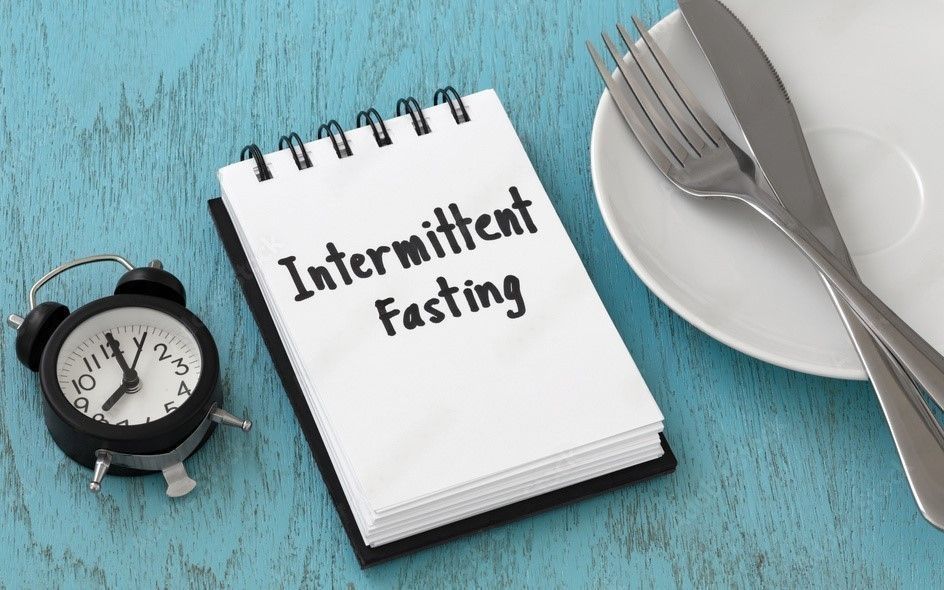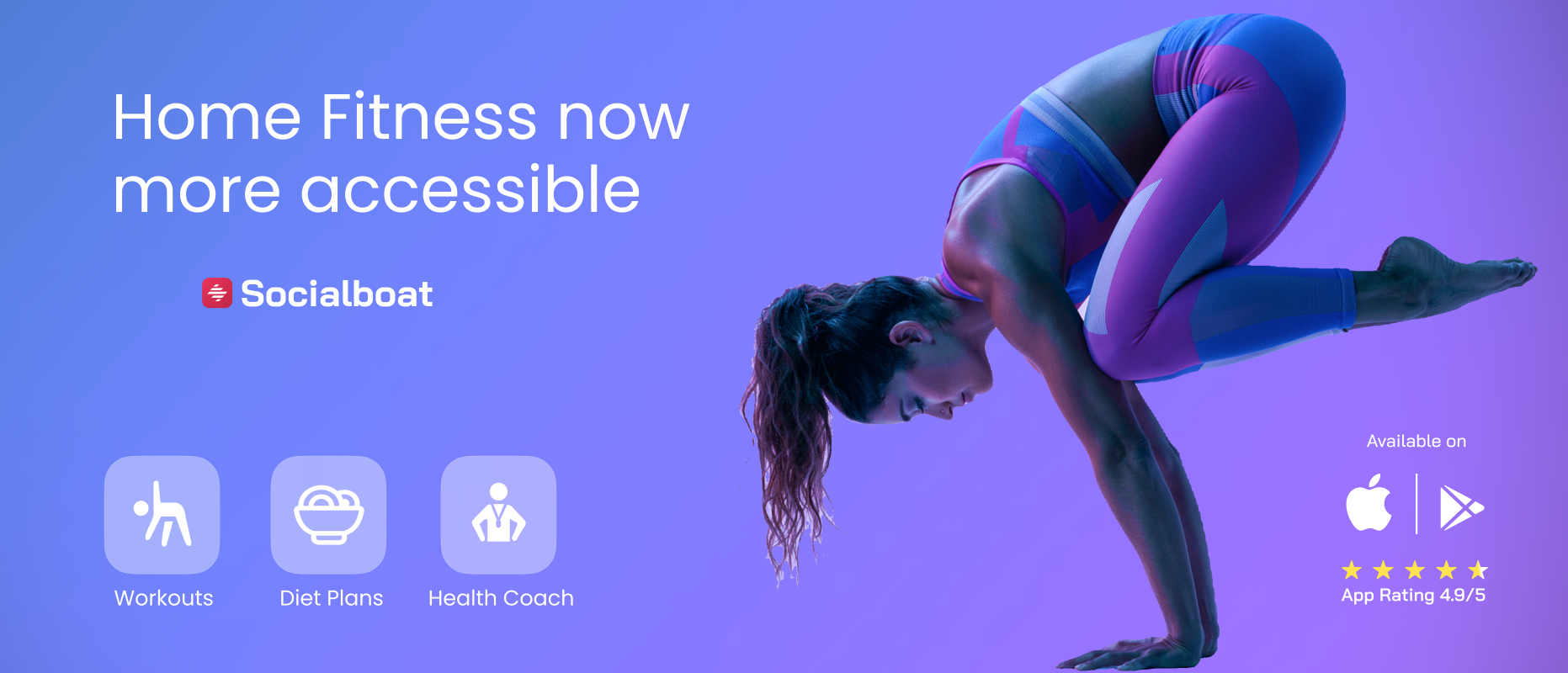Intermittent Fasting: The Dos and Don’ts
When you intermittently fast, you completely or partially skip meals for a predetermined period of time before starting to eat normally again.

What is intermittent fasting?
Intermittent fasting is also called IF. When you intermittently fast, you completely or partially skip meals for a predetermined period of time before starting to eat normally again.
The experience of intermittent fasting varies from person to person, and different approaches will work for different people.

Can everybody follow IF for weight loss?
Many people find intermittent fasting to be safe, but only some do. If you're pregnant or nursing, skipping meals might not be the greatest strategy to manage your weight. Before beginning an intermittent fast, discuss with your dietitian if you have kidney stones, gastric reflux, diabetes, or other health issues.
What are the health benefits of IF?
1.Healthy dietary practices
2. Prolonged aging
3. Improved immunity
4. Improved sleep
5. Reduced cholesterol levels
6. Increased sensitivity to insulin
7. Healthy skin
What are the types of IF?
Time-restricted eating is limited dining time. It involves eating during the hours that aren't spent fasting each day, which must be at least 12 hours. The 16/8 technique is a well-known illustration. It includes a 16-hour daily fast and an 8-hour window for eating, during which you can fit in 2, 3, or more meals.
The diet of 5:2 calls for eating normally five days a week while limiting your caloric intake to 500–600 calories on the other two.
Eat Stop Eat is a 24-hour fast that is part of Eat Stop Eat once or twice a week fasting on alternate days. The objective of alternate-day fasting is to fast every other day.
What are the dos and don't of IF?
DO'S
1.Change Slowly: Make sure you don't begin an intermittent fasting regimen without planning it out and thoroughly researching the various protocols. You may wish to ease into it by starting with a 12-hour fast and working your way up to a 16-hour fast gradually, or by implementing the 16/8 routine occasionally rather than daily.
2. Drink plenty of water while fasting: While you are fasting, be sure to stay hydrated. Because they are fasting and cannot consume food or beverages that contain calories, people frequently forget to drink water. Additionally, stay away from beverages like diet sodas that could dehydrate you. Although they are allowed, they are not advised.
3. Observe your body: When you first begin intermittent fasting, you should also pay attention to your body. It shouldn't be imposed because you might try a regimen and find that it isn't effective for you. Give each protocol enough time to see if it is a good fit, but don't spend months feeling unhappy while following a certain IF regimen.
DONT'S
1.Observe the Clock: Don't let fasting take over your life, even though you should make sure you wait for the necessary period of time. To change your relationship with food and how frequently you should eat, consider just setting a timer on your phone to alert you when it's time to eat again.
2.Don't exert too much effort: At times, intermittent fasting might be difficult. But learn to pay attention to your body and recognize when a break is necessary. Exercise while fasting should be done with extra caution. Plan lower-intensity workouts during the fasting window and cardio or strength sessions during the feeding window.
3. Do not change your Intermittent Fasting Routine: In intermittent fasting, consistency is essential. You can receive better results from intermittent fasting in your life if you keep the same fasting window every day. You will more likely remain with it and be successful since it will become a habit that is a part of your routine.

SUMMARY
All over the world, intermittent fasting is gradually gaining popularity as a healthy eating and lifestyle trend. The 16-8 method is the most often used kind of intermittent fasting, though there are numerous others.
You can eat complete things for eight hours and then fast for the following sixteen. During the fasting phase, you are allowed to drink non-caloric liquids including water, green tea, and coffee without sugar.
Numerous recognized health advantages of intermittent fasting include improved blood sugar control, reduced inflammation, reduced risk of disease, weight loss, and increased cognitive performance. More importantly, it can lengthen and improve the quality of your life.
Jayti Shah is a Clinical Nutritionist with a master's degree in Clinical Nutrition and Dietetics. She is a member of the Indian Dietetic Association (IDA). Over the last 9 years, she has helped 400 clients in their clinical and weight loss journeys. She works with SocialBoat as a nutrition consultant. We hope this article helps you to understand regarding intermittent fasting in a thorough way.
At SocialBoat, we offer you custom diet plans and guided workouts to help you achieve your goals in a 360-degree approach. Our gamified experience ensures that you don’t find workouts boring and we reward you for being consistent with your efforts.

